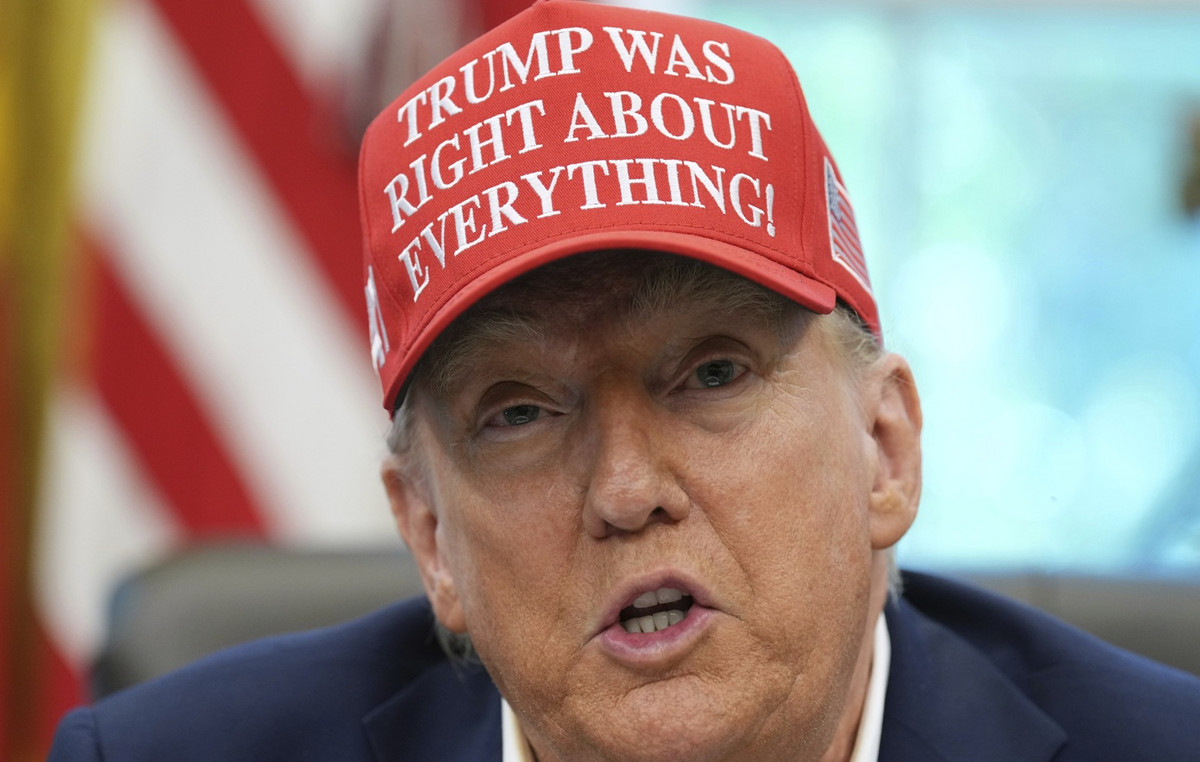The emergence of L2 solutions opens up opportunities for backward integration of the Celo layer 1 blockchain with Ethereum. This was stated by project co-founder Marek Olszewski in an interview The Block.
The main idea of the project, founded in 2020, was to create an easy-to-use mobile Ethereum wallet. However, over time, the platform has evolved into an EVM-compatible Layer 1 network.
Now the increased productivity of the second largest blockchain by capitalization is ensured by rollups, so the head of Celo sees this as an excellent opportunity to “come home.”
As part of the roadmap, the core developer, cLabs, plans to upgrade Celo to a highly scalable zero-knowledge proof-based EVM, Olszewski said.
However, the project wants to retain some unique features, such as the ability to pay transaction fees using ERC-20 tokens, which was made possible thanks to the new generation of zk-SNARK validation mechanisms.
In July, the cLabs team intended Deploy Celo as an L2 network using the OP Stack from Optimism. Later Project Polygon offered developers to use to deploy them CDK. Matter Labs representatives also carried out for consideration by ZK Stack.
Olszewski stressed that a final decision has not yet been made as the community evaluates all proposals.
Celo also joined ReFi-ecosystem, striving to “develop sustainable and inclusive financial practices,” added the head of the platform.
According to the co-founder of the platform, the Ultra Green Money blockchain project has demonstrated a commitment to the principles of sustainable development. The initiative is based on a token burn mechanism that sends 20% of network transaction fees to a carbon offset fund, making the CELO token deflationary.
In April 2023, Google Cloud and Celo agreed to collaborate to support the improvement of blockchain infrastructure and the development of decentralized applications.
In July 2022, developers deployed Uniswap v3 smart contracts on the Celo network. The initiative involves the creation of liquidity pools of “green assets” from Celo, such as tokenized carbon credits.
Source: Cryptocurrency
I am an experienced journalist and writer with a career in the news industry. My focus is on covering Top News stories for World Stock Market, where I provide comprehensive analysis and commentary on markets around the world. I have expertise in writing both long-form articles and shorter pieces that deliver timely, relevant updates to readers.







